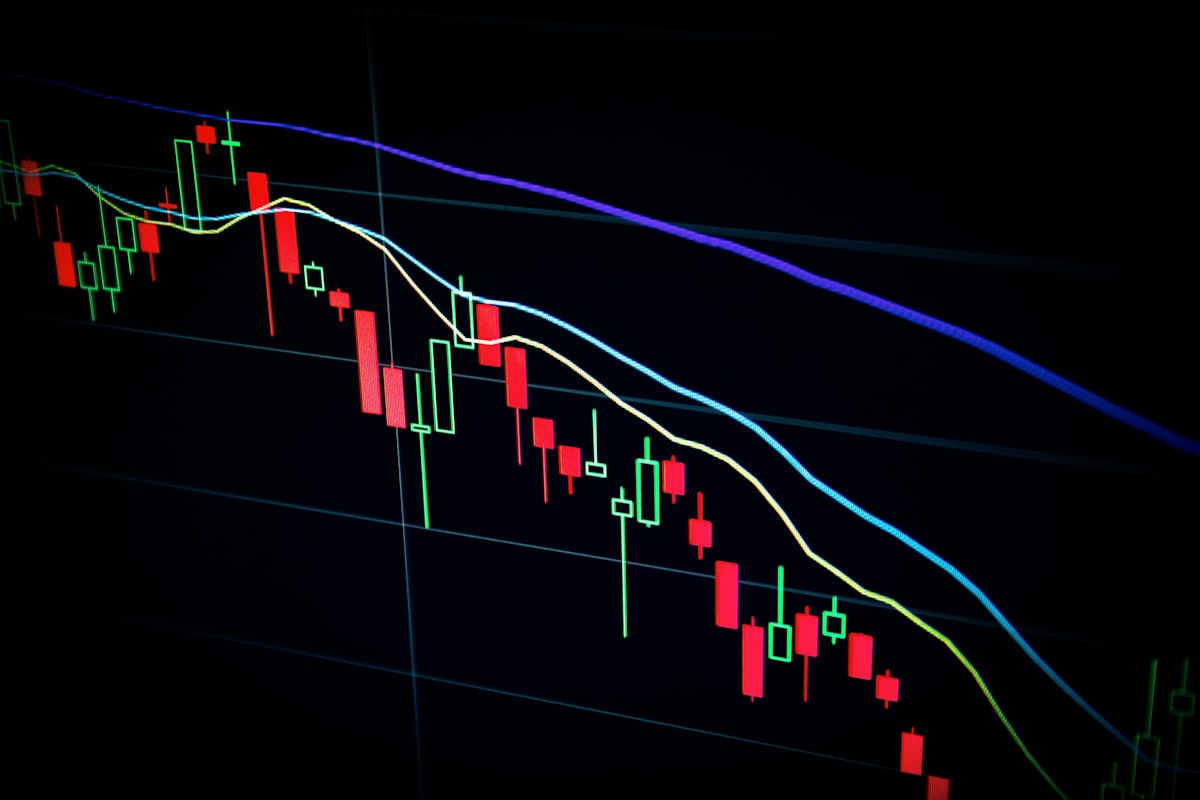Introduction
Price-to-earnings (PE) trading is a popular stock trading strategy that involves buying and selling stocks based on their PE ratios. The PE ratio is a financial ratio that measures a company’s share price relative to its earnings per share (EPS). It is calculated by dividing the company’s share price by its EPS.

PE trading is based on the assumption that stocks with lower PE ratios are undervalued and stocks with higher PE ratios are overvalued. This is because investors are willing to pay a higher price for stocks that are expected to generate higher earnings in the future.
PE trading can be a complex strategy, but it can also be very profitable if done correctly. In this blog post, we will provide a comprehensive guide to PE trading, including examples and tips for success.
PE Ratio Basics
Before we dive into PE trading, it is important to understand the basics of the PE ratio. The PE ratio is calculated by dividing a company’s share price by its EPS. For example, if a company’s share price is $100 and its EPS is $10, then the company has a PE ratio of 10.
A company’s PE ratio can be compared to the PE ratios of other companies in the same industry or to the PE ratio of the overall stock market. A lower PE ratio typically means that a stock is undervalued, while a higher PE ratio typically means that a stock is overvalued.
PE Trading Strategies
There are two main PE trading strategies: long PE trading and short PE trading.
Long PE trading involves buying stocks with low PE ratios and holding them until their PE ratios expand. This strategy is based on the assumption that stocks with low PE ratios are undervalued and will eventually rise in price as investors recognize their value.

Short PE trading involves selling stocks short with high PE ratios. This strategy is based on the assumption that stocks with high PE ratios are overvalued and will eventually decline in price as investors sell them off.
Examples of PE Trading
Here are some examples of PE trading:
Long PE trading:
- An investor buys shares of a company with a PE ratio of 10 because they believe that the company is undervalued and its PE ratio will eventually expand.
- An investor buys shares of a company with a PE ratio of 15 because they believe that the company has strong growth potential and its PE ratio will eventually expand.
Short PE trading:
- An investor sells shares of a company short with a PE ratio of 25 because they believe that the company is overvalued and its PE ratio will eventually decline.
- An investor sells shares of a company short with a PE ratio of 30 because they believe that the company is facing financial difficulties and its PE ratio will eventually decline.
Tips for Successful PE Trading

Here are some tips for successful PE trading:
- Focus on quality companies. Don’t just buy stocks with low PE ratios. Make sure that the companies have strong fundamentals and good growth prospects.
- Have a long-term investment horizon. PE trading is not a get-rich-quick scheme. It takes time for PE ratios to expand.
- Be patient. Don’t expect to sell your stocks right away for a profit. You may need to hold them for several months or even years.
- Use stop-loss orders. A stop-loss order is a type of order that instructs your broker to sell a stock if it falls below a certain price. This can help you to limit your losses.
Conclusion
PE trading can be a complex strategy, but it can also be very profitable if done correctly. By following the tips above, you can increase your chances of success in PE trading.
Additional Resources and Books to Read for PE Trading
If you are interested in learning more about PE trading, here are some additional resources:
- The Intelligent Investor by Benjamin Graham
- A Random Walk Down Wall Street by Burton G. Malkiel
- The Little Book of Common Sense Investing by John C. Bogle
- The Bogleheads’ Guide to Investing by Taylor Larimore, Mel Lindauer, and Michael LeBoeuf
- The Essays of Warren Buffett by Warren Buffett
Here are some of the best PE based mutual funds in India:
- HDFC Capital Builder Value Fund
- Tata Equity PE Fund
- Quantum Long Term Equity Value Fund
- Aditya Birla Sun Life Pure Value Direct Fund
- Kotak Equity Opportunities Fund
- L&T Value Fund
- ICICI Prudential Value Discovery Fund
- Axis Focused 25 Fund
- Franklin India Prima Fund
- Invesco India Equity Fund
- SBI Focused Equity Fund
It is important to note that PE based mutual funds are not suitable for all investors. They are best suited for investors with a high risk appetite and a long-term investment horizon.

How to Choose a PE Based Mutual Fund
When choosing a PE based mutual fund, it is important to consider the following factors:
- Investment objective: What is your investment objective? Are you investing for the long term or the short term?
- Risk appetite: How much risk are you willing to take? PE based mutual funds are considered to be riskier than other types of mutual funds.
- Fund manager: Who is the fund manager? What is their track record?
- Expense ratio: What is the expense ratio of the fund? The expense ratio is the percentage of the fund’s assets that are used to cover the fund’s operating expenses.
Conclusion
PE based mutual funds can be a good option for investors with a high risk appetite and a long-term investment horizon. However, it is important to do your research before investing in any mutual fund.

Disclaimer
This blog post is for informational purposes only and should not be considered financial advice. Please do your own research before investing in any stock.








